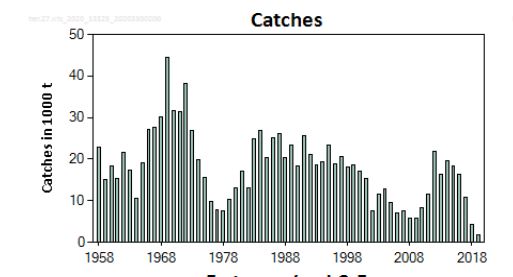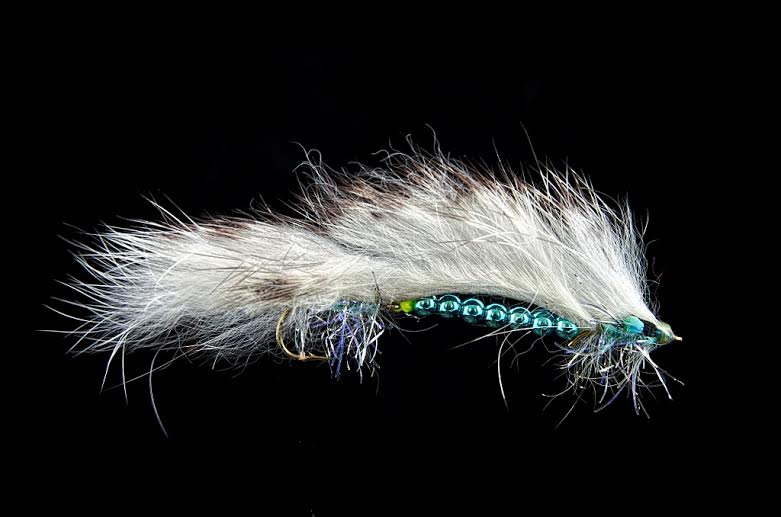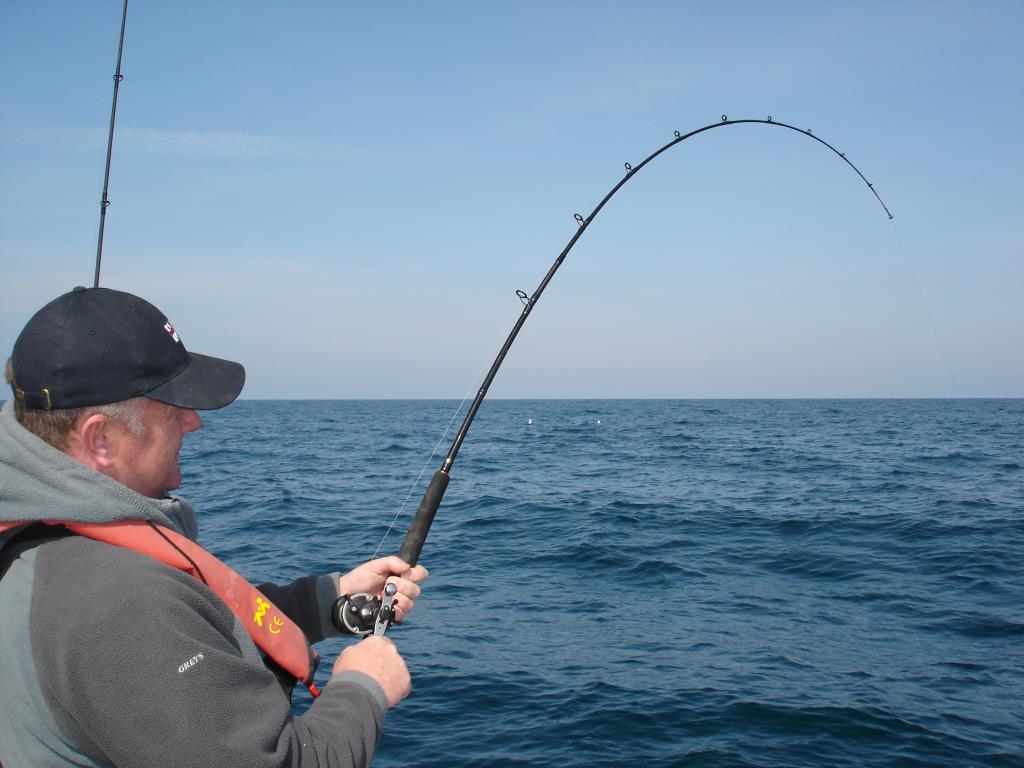* FISH WIPEOUT? – WHO CARES?

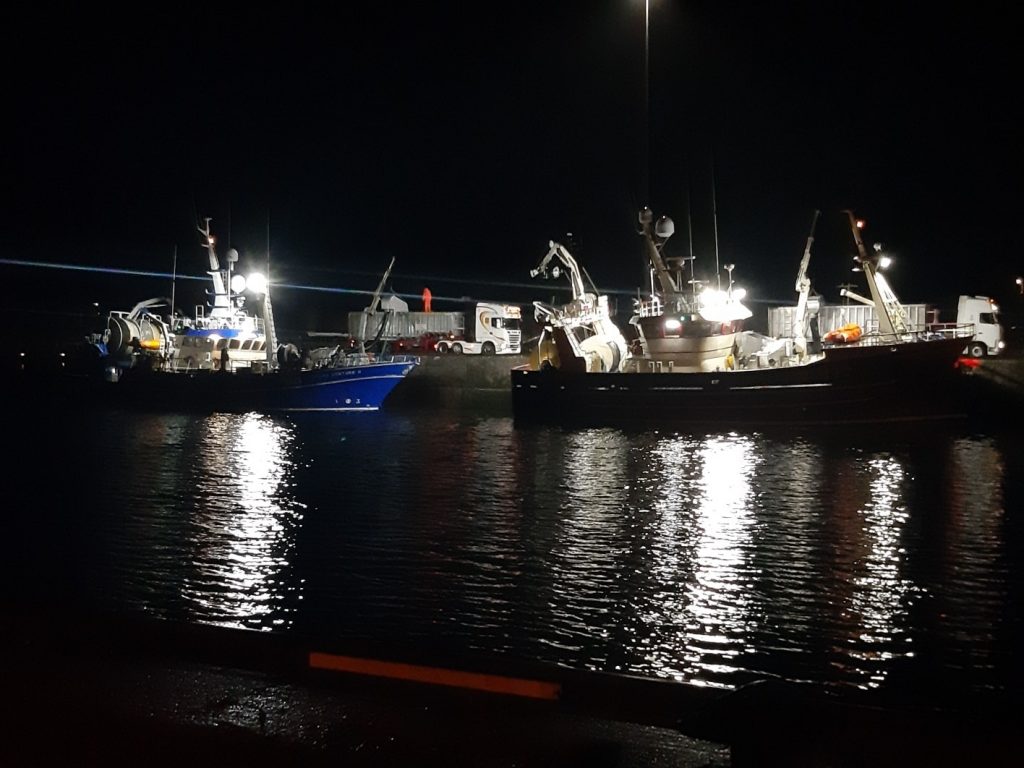
This year, more than in recent years, the arrival of big modern trawlers into the sheltered bays and harbours of the country has been noticed by more people than in the recent past. The Government’s decision to ban boats larger than 18 metres from trawling within 6 miles was welcomed by most. The challenge in the courts to the new directive by a few wealthy fishing companies was less welcome. While their challenge was not successful on most counts the order was overturned and these big supertrawlers could move back in to the inshore bays to start hoovering up sprat again at unprecedented levels. It’s like a fishing gold rush!

It is unusual in that there is little support for these fishing companies and their inshore activities. Even other commercial fishermen are less than impressed with the current activities. But why are these big boats targeting sprat more than usual? There is no doubt that this is “easy fishing”, low value but “easy money”, but maybe the answer is a simple one – Is it lack of the species that they usually target at this time of year? Many of these boats have been involved in herring fishing for years and are geared up for herring fishing. In fact, in recent years many of these boats have targeted sprat when the herring quota is gone. In 2020 there has been no herring fishery in the Celtic Sea. There is no point. The management regime for Celtic Sea herring has been rendered useless, the herring are largely gone and what are left are immature. There was a two-week fishery in 2019. There is none in 2020.
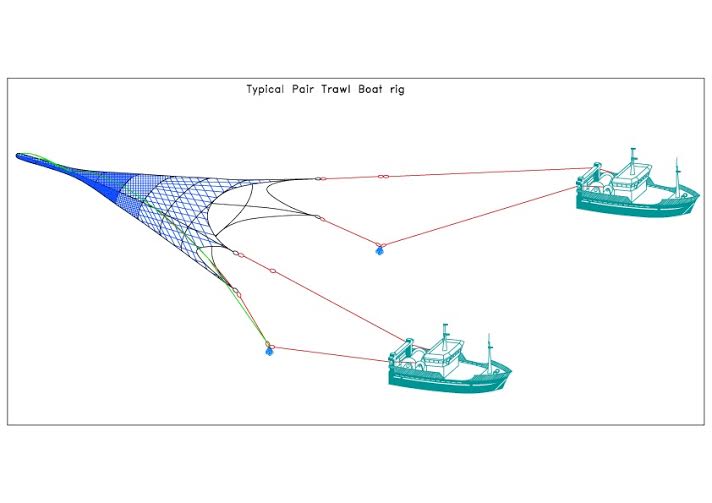
The controlled herring fishery was being undermined well before this. As far back as 2012 there was concerns within staff at the Sea Fisheries Protection Authority (SFPA). There was even a protected disclosure issued by SFPA staff as they felt their management were not doing anything about the problems they were seeing in the herring fishery. The SFPA staff reckoned that there was under recording of 50% of catch returns in four Irish Fishery harbours. The greed of these companies, when operating illegally, has contributed to the demise of the Celtic Sea herring in no small way.
What do they do when they have no herring? They start to cast their gaze towards the sprat. There is no Total Allowable Catch (TAC), the quota set by the authorities, for sprat. They can literally do what they like, take what they like, clean the place out if they like and it is all legal. Provided they can get access to the waters.



In 2018 there was a public consultation on the issue of +18m boats trawling within 6 miles. After unprecedented response the government considered and in December 2018 decided that:
- From Jan 2020 +18m Boats would be banned from within 6nm except for sprat fishing and this will be phased out by 2021.
- A TAC of 2,000 tonnes of sprat could be caught during 2020 reducing to 1,000 for 2021 and +18m boats to be entirely curtailed from 2022 onwards.
There was a high degree of praise for the government actions.
As we know, this government decision was challenged in the courts and the policy directive was put on hold. Smart move by companies that were running out of fish and running out of water in which to target an alternative species – Sprat.
One has to wonder how the government are seemingly unable to impose a new TAC on sprat in any case.

Sprat are a peculiar little fish. They are a forage species in that they are a food source for a multitude of marine wildlife. From whales and dolphins to seagulls and gannets to fish species of all shapes and sizes the humble sprat sustains them all. They are mainly about 10cm in length and they gather together in big shoals. These shoals make the “bait balls” that we see the critters feeding on. They are an important link in the food chain.

Take these fish from the food chain and you have a catastrophe waiting to happen. Maybe as big a catastrophe as the demise of the Celtic Sea Herring? Do we actually learn anything from past mistakes?
Take the example of the sandeel fishery in the Northwest North Sea. The industrial fishing for sandeel was carried out on such a scale as to nearly wipe out the stock but also to nearly wipe out the animals that relied on the sandeel for food. The fishery had to be closed in the year 2000 and even now it has been shown that the effects are still being felt by the birds and that stocks of sandeel have not recovered sufficiently.

Sprat fishing has been carried out by generations of inshore fishermen. It is largely a winter fishery carried out by small boats in inshore waters. The fish were, for the most part, for human consumption. Sprat, when tossed in flour and fried is more commonly known as white-bait. A deliciously tasty dish.
The arrival of big powerful +18m (+60 feet) boats was largely greeted with dismay. A few years back there was a short video clip posted on Facebook. It showed a confrontation between a small sprat fishing boat and a large +60 boat in the Waterford estuary. The small boat skipper was less than impressed with the pair trawling within the estuary and was telling the skipper of the bigger boat so. The video was removed soon after it was posted. The big boats were targeting sprat when the herring quota was used up. The traditional fishery was just swept aside when they were in the way of the big companies and big boats.
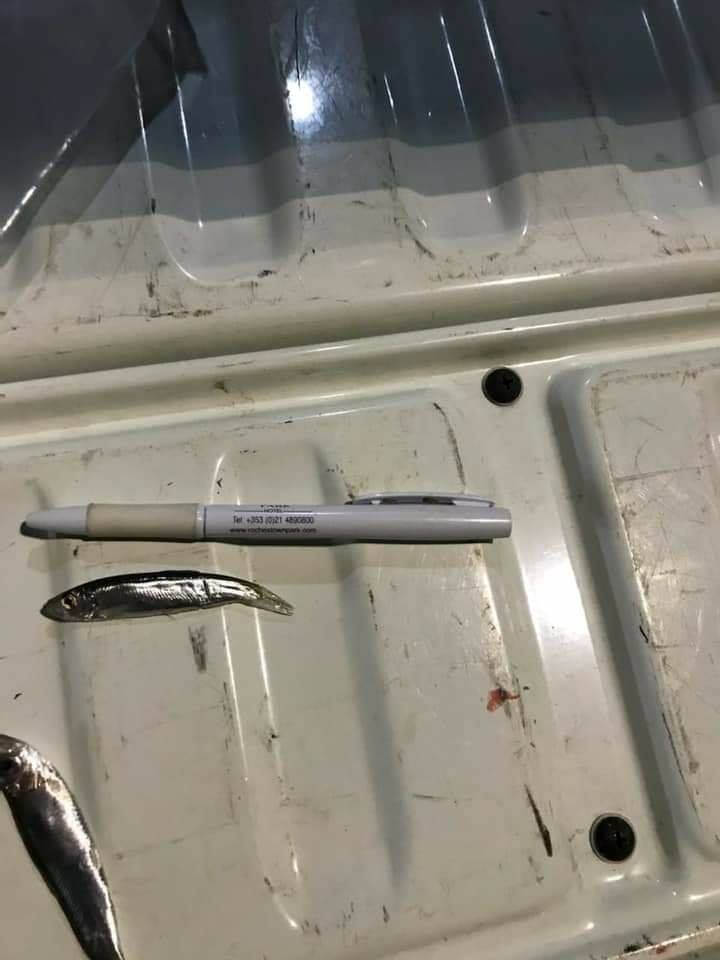
What irks many about the big boat sprat fishery is that the fish are being hoovered up not for human consumption, but for processing into fish meal. As such, the value of the fish is paltry especially when you think of its value to the ecosystem (Figures of €120 per ton are mentioned). However, the paltry price is compensated by the volume of fish being removed. More than two hundred tons in a session would not be unusual. That could be more than 53,000,000 sprat. Yes, that is 53 million fish. The sprat is being pumped into tipper trucks and brought to processing factories where they will be turned into meal which may ultimately end up feeding farmed salmon and suchlike. This year there should have been a 1000 ton quota to end the big-boat fishing. I would suggest that there has been more than 1000 tons taken from Galway Bay alone in recent weeks. If there is not enough sprat left in the bay, the species that depend on the sprat for food will just have to starve!

The sprat trawling that is going on at the moment is a result of commercial fishing being squeezed by rising costs and falling stocks of fish and corresponding reductions in quota. The result is an industry that is struggling to be profitable and in doing so seems to have forgotten sustainability. In an ocean of decreasing fish all fish has a money value.
Unfortunately, it would seem that our civil servants have let the rest of us down when it comes to fish. Fish belong to us all. Fish are a finite resource and need to be managed as such. At this stage it would seem that there should be no zero-TAC species. We have superb scientists here in Ireland and we should be studying the sprat fishery and if there is a viable and sustainable fishery that can be carried out giving due consideration to all stakeholders then let a controlled fishery exist. If it continues as it is now, we do not know what the consequences will be for marine animals and fish, not to mind the sprat themselves.
What can you do about the current state of affairs?
You really need to contact your local public representatives and voice your displeasure at the current state of affairs. You need to encourage action and tell them that the “Precautionary Principle” should apply. We need to protect our stocks. The Government are meant to be appealing the courts decision. The government needs to make this a priority!
You can see how this fishing is practiced on the Facebook video here: https://fb.watch/2igsvZgacf/
There is more on this subject here: http://www.topfisher.eu/our-mullet-missing
Here is the TopFisher.eu submission from the 2018 public consultation on inshore trawling:

